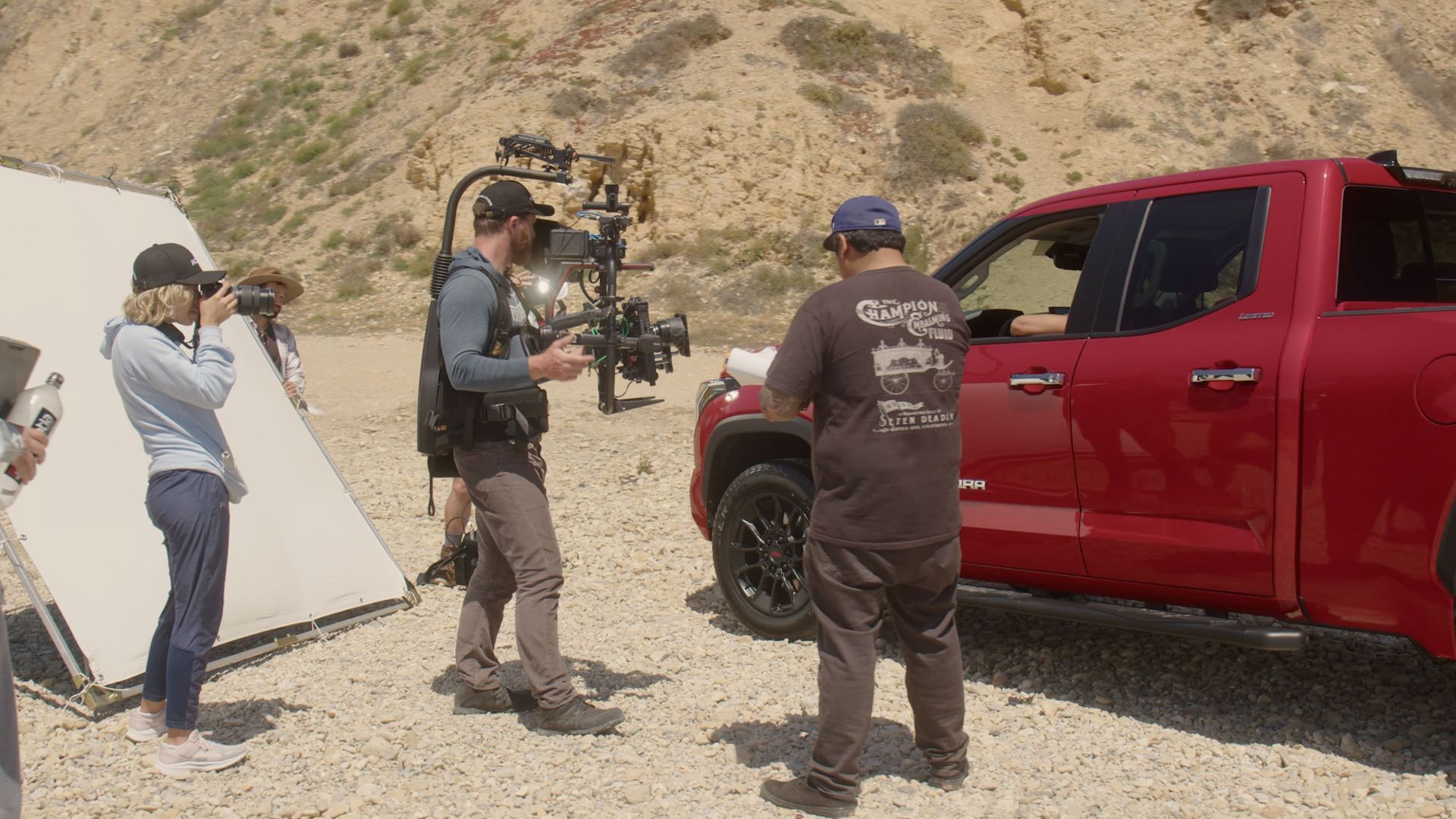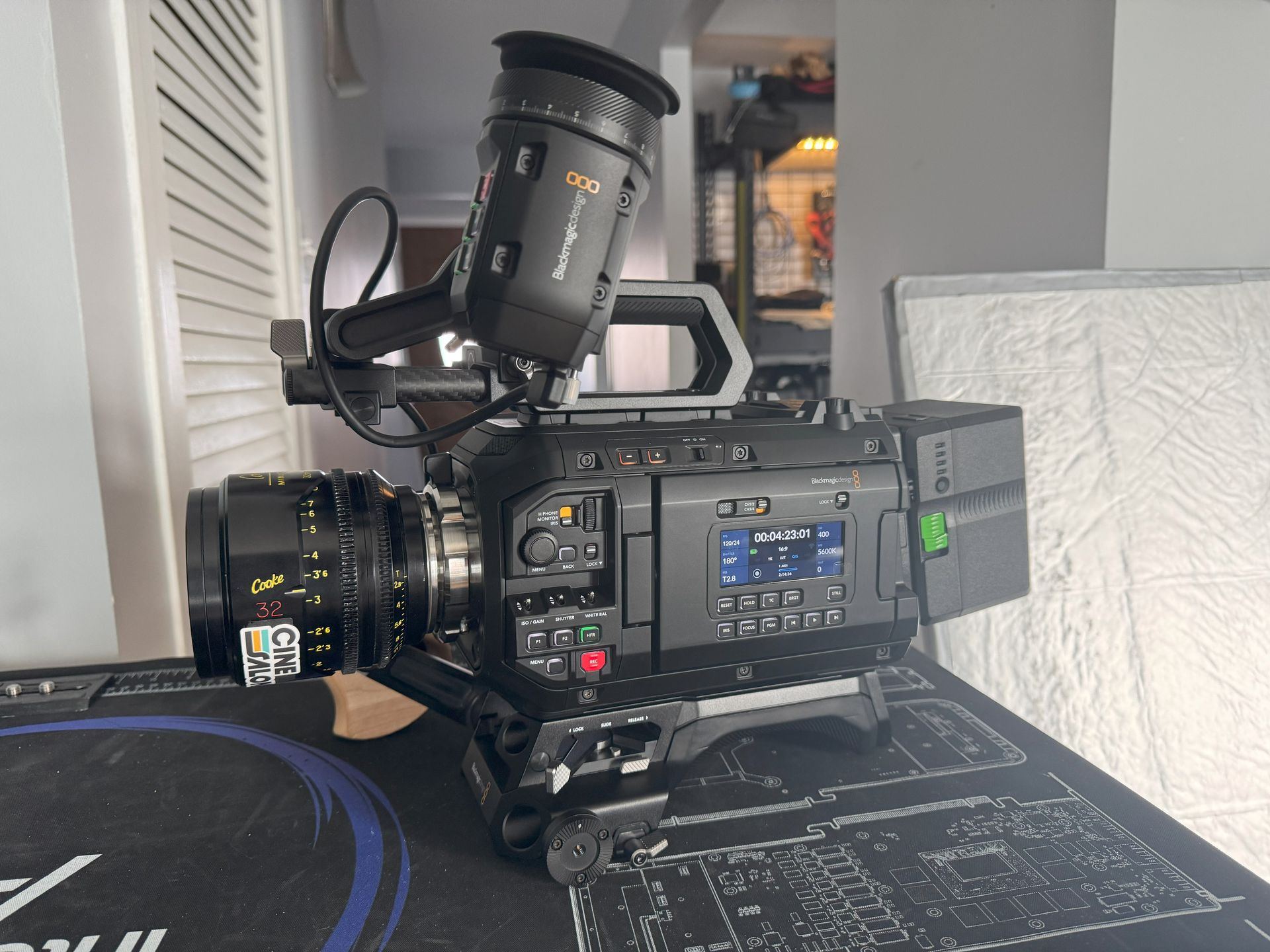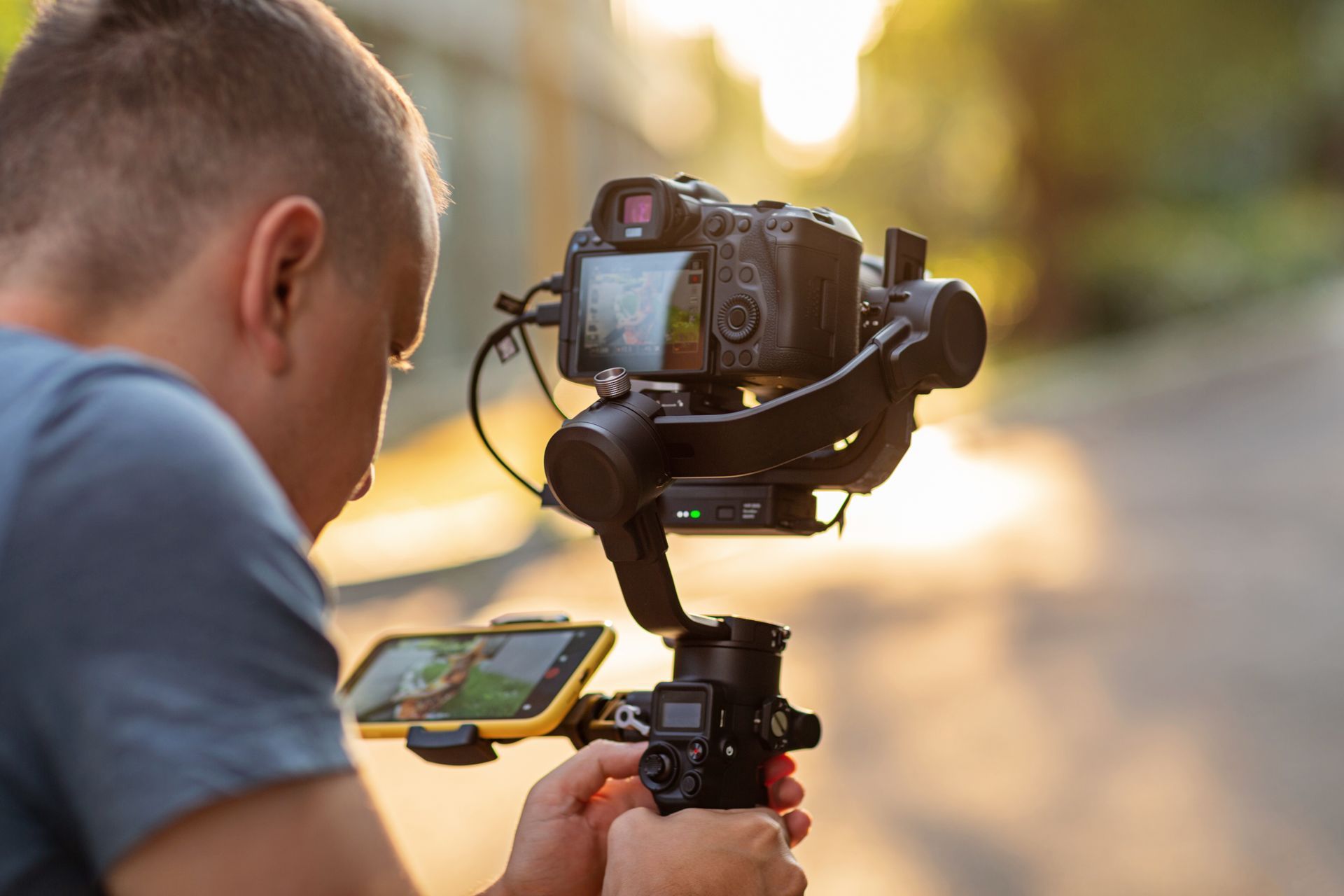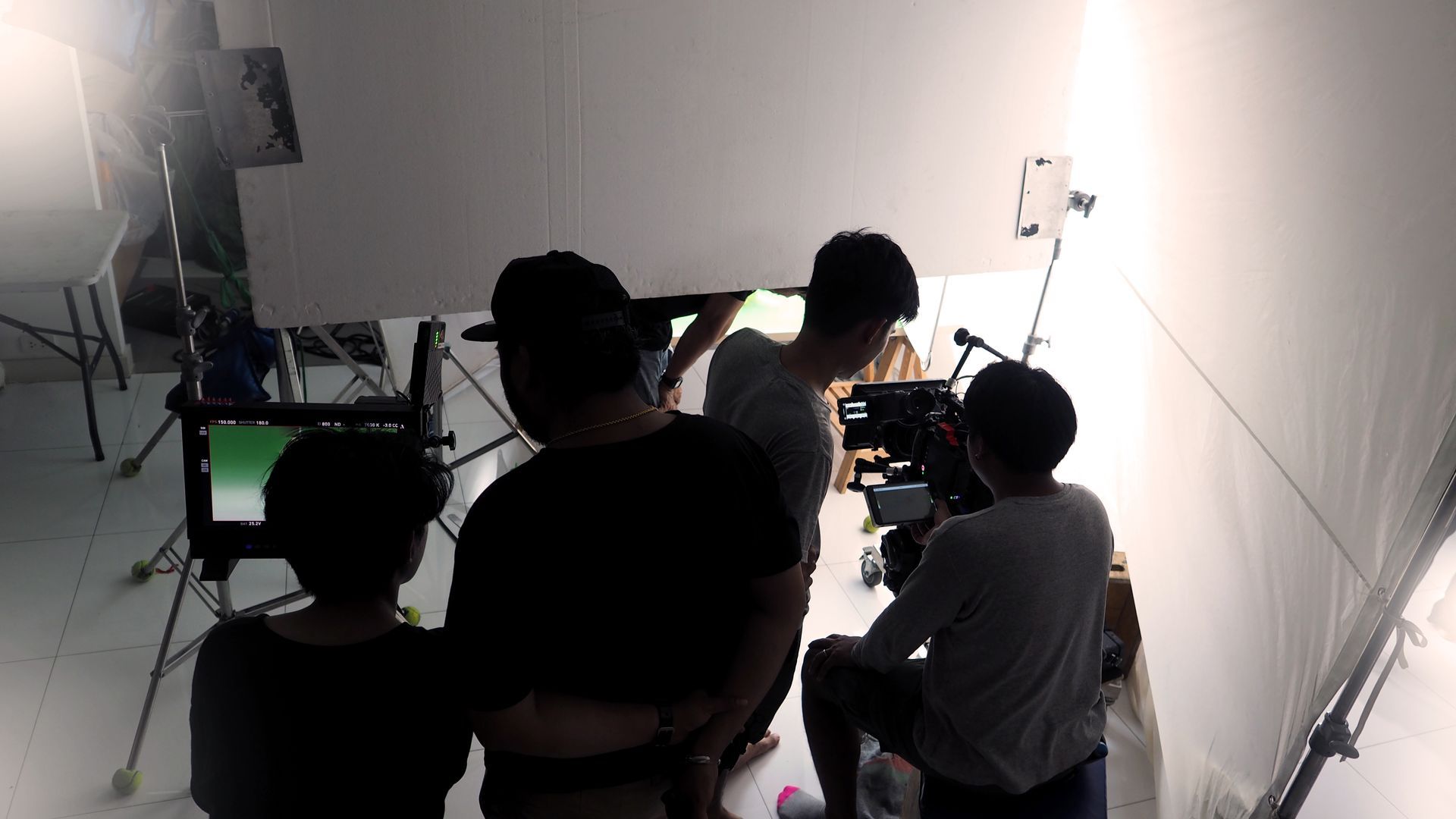
Commercial video production is making videos for advertising, entertainment, or educational purposes. It has to be done interactively to maintain connection with people, share messages, and achieve set goals. This blog will discuss how videos are made, from planning through filming to editing. The various stages of development are essential in creating appealing videos that attract attention and tell stories effectively. Let us look at the world of commercial video production and find out how such films are made.
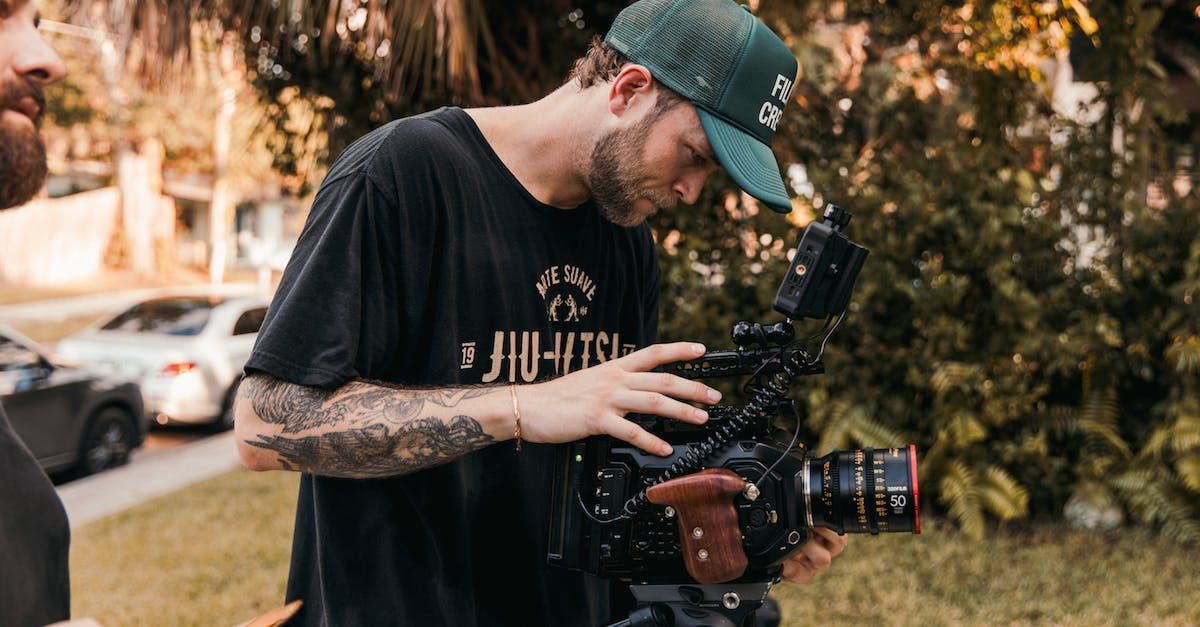
Marketing Strategy
While planning a video, it is essential that you have a clear strategy as well as goals in mind. Here are some critical points to consider:
Define Purpose
- Promotion: Determine whether the video may introduce and sell a product or service.
- Education: Decide if this video teaches people about something specific.
- Storytelling: Think if this video can entertain, involve, or emotionally touch the audience.
Identify Target Audience
Demographics: when considering your target, look at the age, sex, hobbies, or interests they like watching on TV.
Psychographics: Use their behavior, values, and beliefs to present your video content suitably.
Key Messages
Main Points: Establish what essential information or ideas you want to discuss in the film.
Memorability: Figure out what viewers should remember after watching the video clip.
Desired Outcomes
Sales/Conversions: Consider if you want more sales, lead generation, and conversion for products/services.
Awareness: Are you looking to create awareness for a cause/issue/brand?
Engagement: Do you want your viewers to get involved with your content via that video?
Brand Alignment
Consistency - Ensure the brand’s identity tone resonates within the movie.
Brand Recognition -Strive at ensuring that the viewers recognize and stick by brands through uniformity of messaging & visuals.
The Budget And Scope
Track Expenses: Record your expenditure throughout production to guarantee that costs are within budget limits.
Alterations: Be ready to modify the budget if unforeseen expenses or project scope changes are required.
Selection of Stories
Developing an exciting story is vital for any successful video. These are some crucial points to take into account when choosing a story:
Choose an Engaging Story
Attract Your Audience’s Interest: Go for that story or idea that can catch viewers’ eye and make them not lose interest in watching.
Consistency with Objectives: Ensure the narrative aligns with the purpose of this video while also contributing to achieving its goals effectively.
Planning Scenes Ahead of Time
Visual Mapping Out: To see how visually the story develops, create a storyboard for your forthcoming video.
Order of Actions: Arrange scenes in such a way as to make them logically follow one another and sound like one whole thing.
Script Writing
Writing a script is essential in guiding the creation of videos. Here are some important things concerning it:
Clear Communication: Create a script that outlines what would be said or done in the video clip.
Relay messages: Dialogue and scenes must relay key messages efficiently to their intended audience.

Pre-planning Stunts
Actor Movements: Choose moves that enable actors or presenters to bring scripts alive.
Scenes In Mind: Look at how actions can enhance storytelling through engagement.
Casting Talent and Characters
Choosing the right talent and characters may significantly affect how effectively you produce your film. Consider this;
Select Actors or Presenters
Suitability for Roles: Choose people who fit into roles required by stories and create performances that resonate well with respective audiences.
Professionalism: Find persons who either have experience already or show signs of being able to act those parts naturally, along with credibility.
Think about Characters
Character Development: How does each character contribute to the video's message?
Character Dynamics: When two or more characters come together, what kind of interaction will enhance the story and make it touch hearts?

Search for Shooting Locations
Proper filming locations are necessary for making your story visually alive. Here is a tip:
Look For Good Shooting Locales
Visual Appeal: Look for places that match the story's setting and improve its visual impact.
Atmosphere: Consider locations that create an atmosphere suitable for your narrative type.
What to Look Out For
Accessibility: Filming equipment, crew, and talent should be able to reach locations with ease.
Safety: Ensure chosen locations are safe while filming is ongoing and have permits or any other required regulations in place.
Production Stage
Various activities will be carried out during the production phase of creating a video, leading to breathing life into this story. Below are some explanations about significant tasks:
Setting Up Equipment
Camera Preparations
Before clicking ‘record,’ it’s essential that you set up your cameras accordingly by checking their health status, adjusting focus and exposure, among others, and positioning them well enough to capture various scenes adequately.
Lighting Setting
Lighting contributes significantly to how a video looks. By appropriately arranging lights in place, scenes get illuminated as desired, creating the mood or ambiance projected in a particular video.
Sound Tools
Quality audio is essential for good videos. Microphones need testing and placement in the correct positions when shooting takes place to obtain apparent sound effects and record everything required within such clips.
Other Tools
Other materials may include tripods (tools used to keep cameras from shaking), stabilizers (devices that help reduce camera shake), or props (things carried in videos). This prepares these instruments and makes the process of filming smooth.
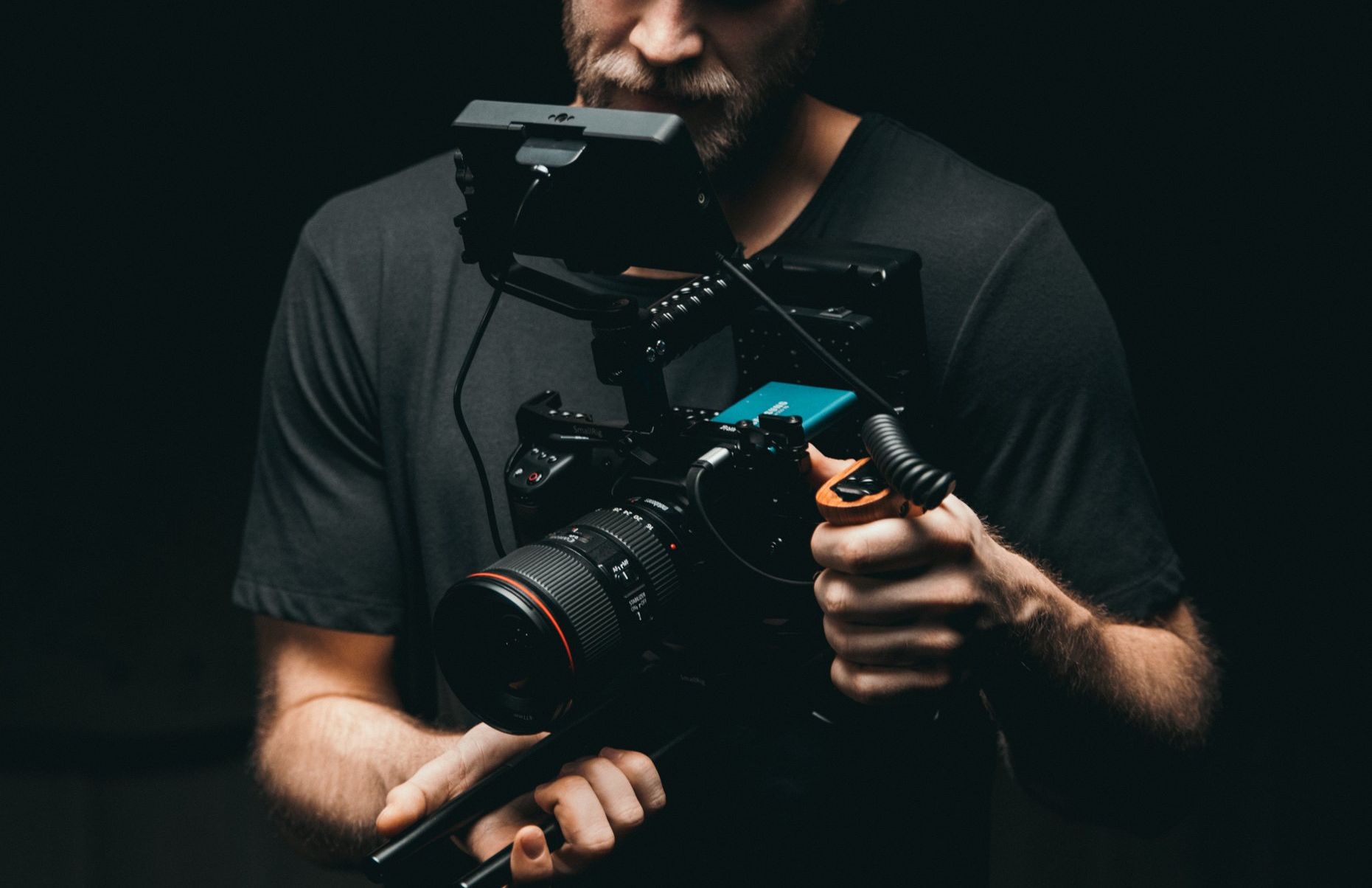
Conducting Interviews
During video production, carrying out interviews is a critical activity that brings life to the story. Here’s more on what each aspect means:
Key Stakeholders
These are influential people who strongly associate with the film's subject. They could be experts, significant players, or individuals directly linked.
Consulting with these individuals can provide valuable insights, expertise, or personal stories that add depth and credibility to the video content.
Questioning
Before conducting an interview, questions should be prepared for the interviewee. These questions aim to collect particular information, ideas, or stories contributing to a good narrative.
Well-thought-out queries lead conversations and obtain informative feedback, enhancing the engagement of viewers and improving the movie's narrative.
Engagement
It is essential during this process to create a conducive environment for the interviewee to feel comfortable during an interview. This encompasses building rapport, showing interest in their perspective, and ensuring they feel secure when expressing their thoughts and experiences.
When such interviewees feel at ease, they are more likely to speak genuinely, leading to authentic storytelling in the video, thus making it compelling.
Recording Voiceovers
Narration: Voiceovers are recorded talking, which explains things not shown in the video. They elaborate on some facts or tell stories.
Clarity: The voice recordings must be clear enough that when added to videos, they can easily be heard and understood by audiences without difficulty regarding sound quality.

Capturing B-roll Footage
B-roll footage refers to extra footage captured alongside a video's main content that aims to add interest. It has attached contexts, making the video more appealing to the eyes or interesting to the viewer.
It can also be enjoyable and engaging in the view of an audience when taking different shots from various types of camera angles showing different features. Using diverse shots ensures that a video is more lively and enthralling.
Post-Production Phase
In making videos, several vital activities are done during the post-production phase to polish and finalize these movies before they can be shared with the audience. Here are detailed explanations for each critical activity:
Logging Interviews
This step involves organizing and categorizing all interview footage so that it is easy to find when editing a video. Maintains the order of everything and makes editing easier.
Selecting Clips
Selecting clips means identifying and saving important moments or quotes from interviews for use in the final version of a video. This way, you can tell your story effectively so that people get interested throughout your movie.
Music Selection
Music or sound effects should match the film's mood and evoke feelings among viewers.
Any music used should not result in copyright issues while sharing this video publicly.
Video Editing
Make the video better by making slight changes, such as eliminating unnecessary clips, adjusting audio levels, and synchronizing visuals with sounds for a comfortable watch.
Ensure the video is error-free and consistent for high-quality viewers’ satisfaction.
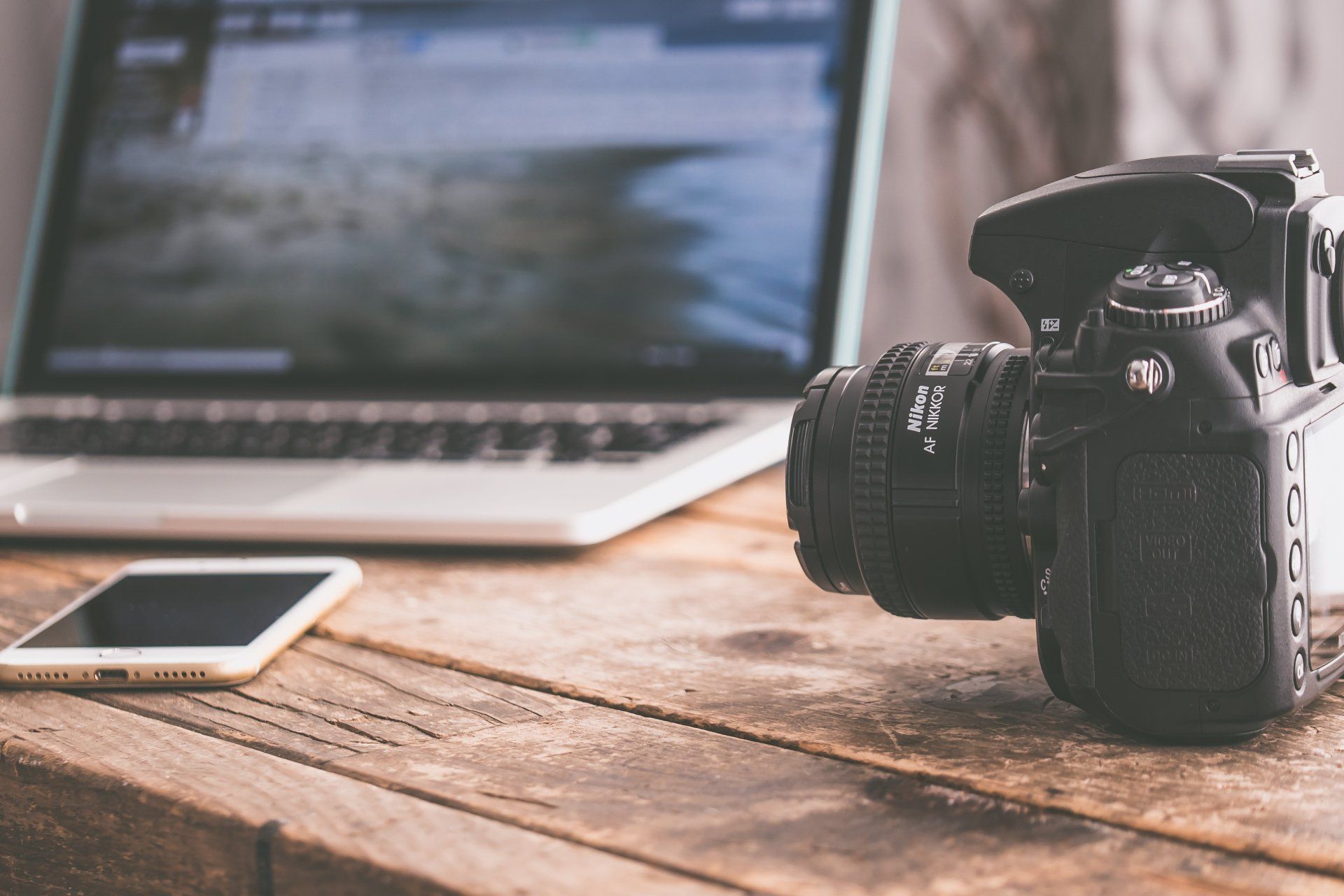
Stages of Video Production Timeline
Planning & Development Phase
The video production process starts with the Planning & Development Phase. This phase includes defining goals and objectives, identifying the target audience and message, and determining what you want from viewers at the end of watching the clip.
Identifying Goals and Objectives
This step involves setting specific goals aligned with the overall marketing strategy to ensure the video serves its purpose optimally.
Setting clear objectives will guide your video production process in meeting the planned goals.
Setting Clear Objectives
This is about definite goals linked to general marketing strategies that will ensure that this video succeeds in doing what it should do optimally.
Clear objectives guide achieving intended targeting while facilitating effective communication between sender and receiver channels during promotional creation efforts.
Determine the Desired Outcome or Action from Viewers
What it Means: Decide on potential actions or responses from the audience after watching the video.
By establishing the desired outcome, the content of a video can be adjusted to make viewers engage or respond in particular ways.

Creative Checklist for Commercial Video Production
Project Background and Objectives
This part explains why the video is being made and what it aims to achieve.
Knowing the project's background and objectives is essential because it focuses on creating a video that effectively meets its goals.
Target Audience
Identifying who the video is meant for, such as age group or interests.
Knowledge about your target audience assists in making your video attractive and delivering an appropriate message.
Key Messages
The video should communicate the main points or ideas to viewers.
Ensuring that key messages are included in the videos helps ensure the information presented is meaningful and concise.
Distribution Channels
Where and how the video will be shared or distributed, like video social media platforms or websites.
Understanding where to distribute this content will help you effectively plan how to reach your target audience.
Tone of Voice
The style or attitude of the video, whether it's serious, funny, informative, etc.
Establishing a correct tone of voice will ensure that any customer can feel connected by watching this clip that resonates with them.
Mandatory Elements
The video must include certain things, such as logos, branding, or legal disclaimers.
Including mandatory elements ensures the video has a consistent brand and meets legal specifications.
Timeline and Deadlines
Indicating when the various stages of making a video should be done.
The timeline helps keep the project on schedule and ensures the timely delivery of final videos.
Budget Allocation and Approval Process
Making decisions about how much money will be needed to make the video and obtaining agreement for the budgeting process.
The effective allocation of budgetary resources ensures efficiency while approving processes facilitates cost management.
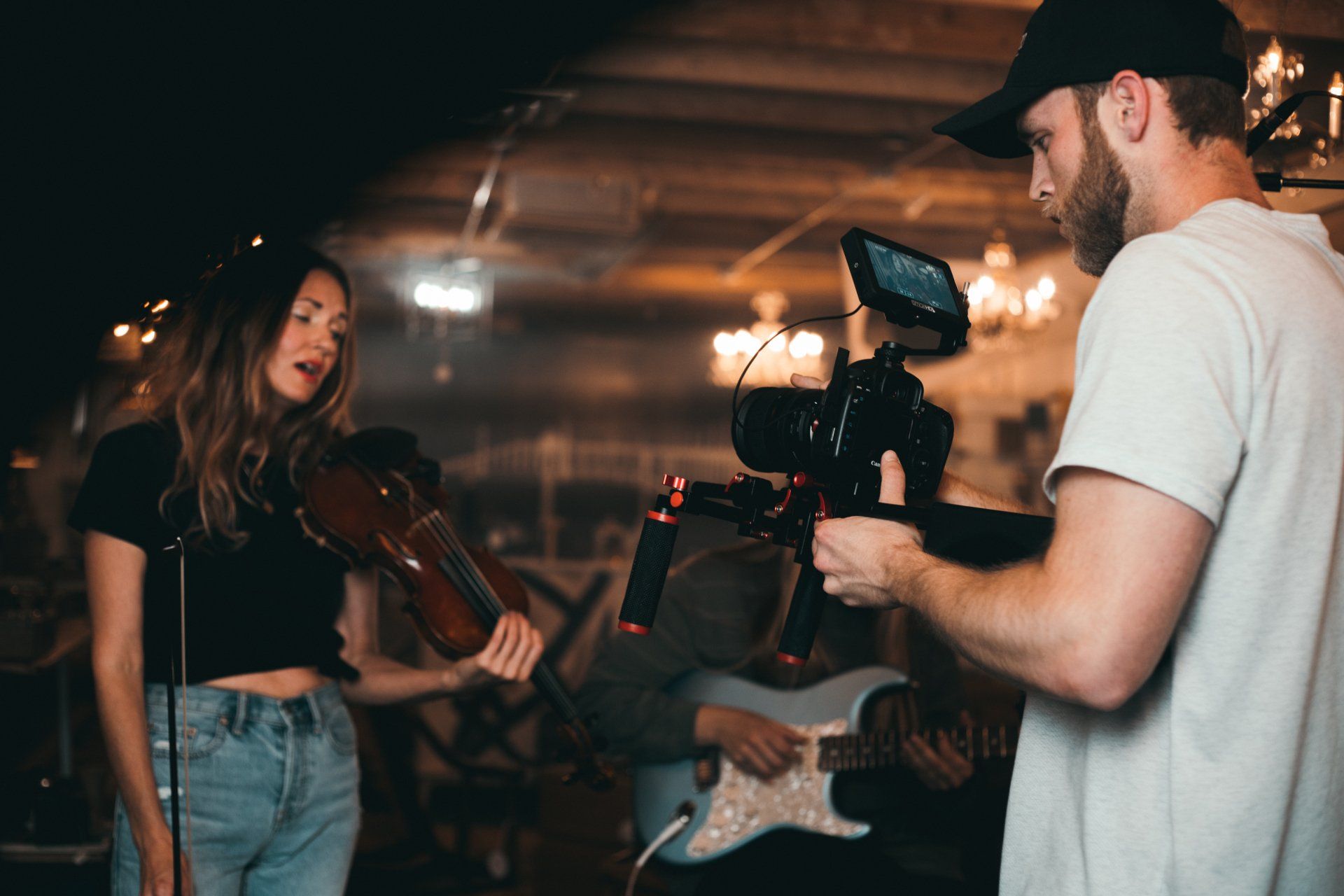
Benefits of Commercial Video Production
1. Increased Brand Visibility
More people can see videos on the internet, increasing the brand's visibility.
Commercial videos help to maintain uniformity in branding across multiple marketing platforms.
2. Enhanced Engagement and Conversion
Videos are captivating as they attract viewers’ attention better than plain text or pictures alone.
High-quality videos communicate messages and calls to action, making more conversions possible.
3. Effective Storytelling
Using videos that tell stories helps elicit emotions, build rapport with audiences, and convey complicated messages effectively in this regard.
Articulately made video stories will always stay fresh in watchers' minds, improving brand recall.
4. Product Demonstration
This makes it easy to demonstrate what products look like, what their features are, and what they can be used for using videos rather than pictures.
By using commercial videos, firms can ensure that they provide educative information about their offers by engaging them with customers who would comprehend them well enough to appreciate them more deeply.
5. Social Media Marketing
The sharing feature available for videos on social media allows those watching them to share them across so many others, hence increasing accessibility via such wider relationship scopes as these possess.
Hypnotically attractive advertising materials could quickly become viral, creating an instant buzz around a given company’s name, especially when uploaded online.
6. SEO Advantages
Putting up website videos aids search engine optimization efforts since multimedia contents are loved by these engines, as elaborated above. Make sure you use different types of multimedia content to rank higher on search engines.
By engaging videos, one can increase the number of visitors accessing the website, hence more traffic and longer time spent on that site.

Necessary Tools for Starting Commercial Video Production
The proper equipment is essential when starting a commercial video production business if one intends to create high-quality and captivating content. The following are some of the necessary tools required for commencing your journey into commercial video production:
1. Camera Gear
A Good Camera: Invest in a good quality camera that produces cinematic camera shots clear and sharp videos, like a DSLR or mirrorless camera.
Lenses: Varying lenses afford diverse photography chances, such as broadest views and close-up shots
Tripod: Using a tripod that can be set in place, your images are stable and look well put together.
2. Lighting Equipment
Lighting Kit: Good lighting creates well-lit videos that look visually appealing. Consider softboxes, LED panels, or ring lights.
Reflectors: They help bounce light off them and scatter them around, reducing harsh shadows created by direct light sources and improving lighting conditions. It is beneficial, especially during indoor shooting situations. Insufficient natural sunlight may be available at this point while filming with a digital camera. Having this enables successful completion within the shortest possible time.
3. Audio Gear
Microphone: Get a microphone of good quality.
Audio Recorder: It will enhance sound quality and control during the shoot by using a separate device dedicated to recording. This might have already been recorded before being processed together to finalize everything accordingly.
5. Production Accessories
Memory Cards: Make sure you have enough space on your memory cards with high read/write speeds for saving videos as they get shot by those cameras. Otherwise, all footage will be lost before it gets any chance at being preserved safely somewhere. Besides that, it has to be backed up during the film's post-production phases. Not doing this makes the process challenging to go back to because of a lack of memory card capacity and slow data rates.
External Hard Drive: Store the recorded videos in an external hard drive if something goes wrong with the original files.
Gimbal/Stabilizer: This device is used when filming moving scenes that need smooth and steady shots produced by an unstable hand. Its primary function stabilizes images taken during motion sequences, ensuring perfect capture each time we shoot anything important. This helps during shooting by keeping everything looking great, even if it shakes a little bit or more than usual.
6. Miscellaneous Tools
Writing Software: Use Celtx or StudioBinder to write scripts and other materials for creating commercials.
Storyboarding Software: Find programs such as Storyboard-That or Canva that let users make visual sketches as part of their pre-production process before the actual shooting takes place.
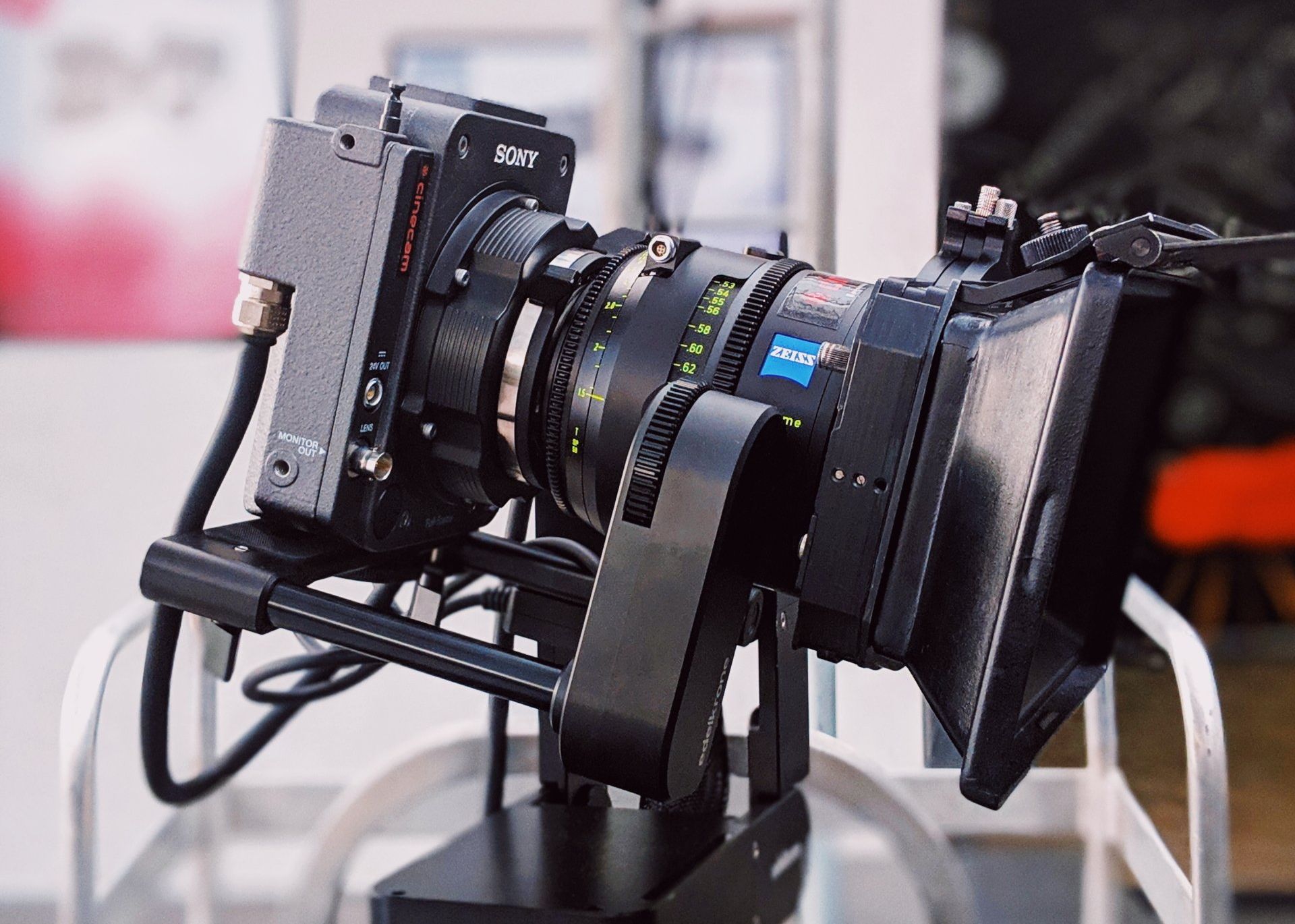
Ways That Commercial Video Production Can Help Your Business
Commercial video production offers numerous benefits for businesses seeking to boost their marketing efforts and successfully reach out to their target audience. Here are some essential ways that commercial video production can help your business:
1. Increasing the Awareness of a Brand
Visual Impact: Videos are engaging and memorable, thus helping to promote brand recognition.
Broader Reach: Shareable content in videos can reach more people through social media and online platforms.
2. Better Customer Engagement
Storytelling: By having a video, you can tell your story powerfully, connecting you emotionally with your clients.
Interactive Content: Features like videos on your website can engage users and encourage them to interact with your brand.
3. Improved Conversion Rates
Call-to-Action: Direct calls-to-action in videos persuade viewers toward the desired response, leading to increased conversions.
Product Demonstrations: Presenting products or services used helps potential customers understand their benefits better, increasing conversions.
4. SEO Benefits
Search Engine Visibility: Including videos on-site enhances search engine optimization rankings and attracts more organic traffic.
Dwell Time: Engaging videos increase customers’ stay on the platform, thereby signaling search engines that you have valuable content to share with them.
5. Social Media Engagement
Shareability: Videos become highly shareable across social media platforms, increasing engagement and broadening online presence.
Viral Potential: Captivating narratives has a viral element, making it easier for others watching the clip to share it widely, thus generating buzz about it quickly.
6. Expertise Showcase
Educational Content: Videos can demonstrate expertise in a given industry by providing insights or tutorials.
Demonstrate Innovation: Using videos is an excellent way of demonstrating innovation, especially when launching new products/services, which can always leave the audience on their toes.
7. Trust and Credibility Building
Humanize Your Brand: For example, videos featuring some company employees help humanize the whole brand, improving customer trust.
Testimonials and Reviews: Videos done by customers in the form of testimonials become helpful in improving brand credibility and authenticity (Bian & Moutinho 2009).
Final Words on Commercial Video Production:
Commercial video producers help businesses improve marketing strategies, relate with their audience, and increase visibility. In creating an exciting story, displaying product attributes, or having an emotional connection with viewers through video making, companies achieve greater awareness levels for their brands, more client engagement, and increased conversion rates.
On top of that, commercial video production can lead to advantages such as social media engagement, showcasing expertise, and building trust and credibility in a business. Also, using the correct set of tools and techniques in this area will help the organization stand out because it has reached its goal in the competitive market environment. Contact us for a video production consultation if you need to make videos and don’t know where to start.

Get total clarity on your video marketing and paid media with our FREE comprehensive data audit.

